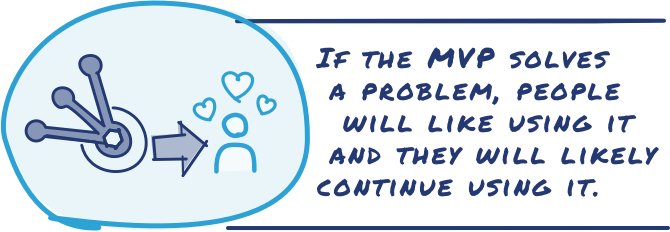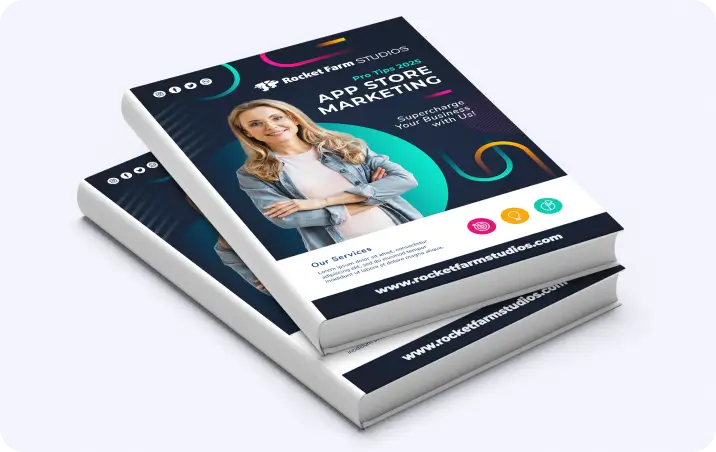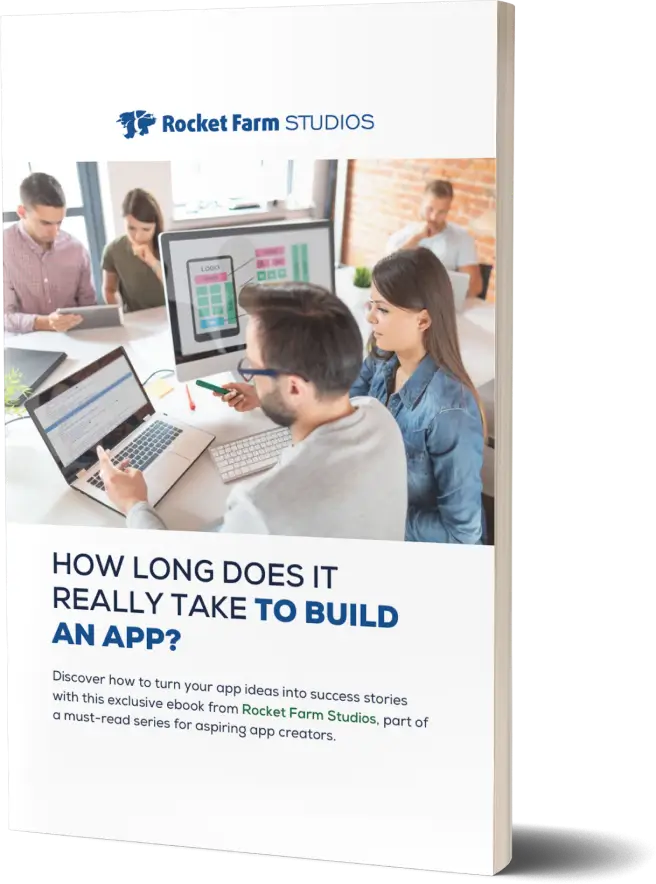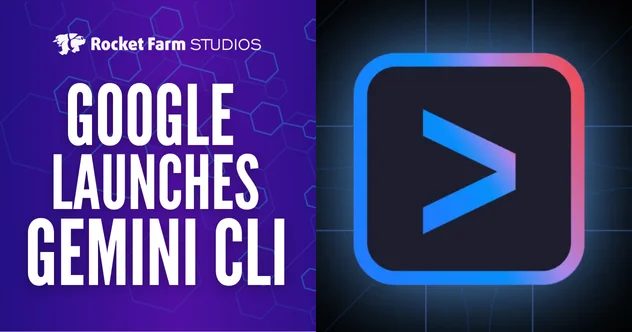Download our E-BOOK
Minimum Viable Product: The Key to Long – Term Success
August 27, 2020
by Mahesh Patidar
Confirm your product has a place in the market.
“A chef wouldn’t put out his signature dish with some ingredients missing. Why would you release a mobile application with some features missing?” a colleague opined to me recently.
We were discussing the concept of a Minimum Viable Product (MVP), and it occurred to me that her interpretation of MVP is a pretty common one. After all, in the most basic terms, an MVP is a stripped-down version, offering the core features required for people to begin using the product, but not all the bells and whistles of the final product.
I can see where she is coming from, but her analogy falls flat for a critical reason: The chef has already figured out the magic mix of ingredients that his patrons have grown to love and expect. Through lots of trial, some error, and tons of taste testing, he nailed down the recipe. His signature dish was perfected; it didn’t start out that way.
To me, that gets to the heart of the value of the MVP. Just like a chef can’t know how his patrons feel about the food until they taste it, you can’t truly know how people will respond to your product until you test it in real-market conditions. That is the purpose of the MVP.
Furthermore, I just don’t think it makes fiscal sense to spend a ton of time and money loading an application up with features and fine-tuning it before you get a sense of its viability once it hits the marketplace. That’s why at Rocket Farm Studios, we recommend releasing an MVP first.
So, What is a Minimum Viable Product Anyway?
The MVP is the most basic version of your product built in the quickest and simplest way possible. It includes the core functions and features required to solve a specific problem for the user and nothing more. That’s the minimum part.
If the MVP solves a problem, people will like using it and they will likely continue using it. That’s the viable part.

But Why Would You Release an Unfinished Product?
The biggest objection to an MVP is that people are worried about a product being perceived as flawed or insufficient. Without all the features, they are concerned it won’t seem valuable enough to keep people interested until it’s “finished.”
However, we see the MVP as integral to getting to a finished product, because it enables you to:
- Validate your overall idea. At Rocket Farm Studios, we spend a good bit of time early on determining market fit and product fit to find an audience for the products we develop. However, the MVP provides a true measuring stick, enabling you to test those assumptions with actual users and confirm that you are meeting market needs and expectations.
- Avoid building unwanted features. You could be very wrong about the features you think users want, and dump time and money into features that ultimately fall flat. After releasing an MVP, you can gain critical feedback from users about what features would bring more value to the product.
- Get in the habit. MVP thinking is Build-Test-Learn thinking. The sooner you can teach your organization to think and act like that the better
- Discover glitches in the user experience. Early users can pinpoint issues and flaws with the functionality so that you can fine-tune the product.
- Save money. Let’s face it: Building a new application is not cheap. A quicker more streamlined product will cost you less initially, so it’s low risk with high ROI potential. As important, however, is that the last thing you want to do is sink a bunch of cash into a product, find out it’s missing the mark, and then sink even more cash into reworking it. Validating features with a simple MVP keeps rework to a minimum.
- Be nimble. The economy can turn on a dime, the industry could undergo major change, or your organization could suddenly need to pivot. With an MVP, you make incremental changes, so you can more easily respond to the market or your own business needs. In other words, you are better poised to create opportunity from disruption.
- Find early adopters. If you are monetizing your application, an MVP allows you to start making money sooner. Even if you don’t plan to monetize the product, you can still engage with users, and they can help to build buzz around the product. Additionally, their feedback can be instrumental in refining features and functionality.
- Test your business model. With an MVP, you can test your marketing and sales approach, business functions and technology capabilities to ensure you can scale. It’s important to know that if the product takes off, you can keep up.
Rules for Developing an MVP
Let me make this clear: An MVP shouldn’t be something you hastily throw together because you are desperate to get something into the market. It should still be a good product in and of itself, and a great deal of effort should go into planning and executing the MVP. It’s critical that you:
- Solve a problem. Any MVP must meet a specific need or solve a problem for users. The solution — not fancy features or design — is why people, and especially early adopters, are willing to invest in products. Make sure you have outlined the problem you are solving and how you solve it in detail.
- Represent your brand. No matter what you release, you should always be proud of it and it should be consistent with what you believe your brand is all about.
- Prioritize ruthlessly. You simply can’t pack everything you want into the MVP, so you must pinpoint the critical features required to solve the problem. Answer the question: What do users need to accomplish this one thing? Then build those features.
- Offer minimum features but maximum value. An MVP is a stripped-down version; however, it should still provide an outstanding user experience. While it won’t include every feature or function, is should provide the end-to-end functionality required to solve the core problem. If it doesn’t do at least that one thing really well, users won’t see the value in it.
- Commit to continual improvement. Like Uber, Facebook and all the other wildly successful applications that started off as MVPs, your MVP must also be a work in progress. Commit to gathering feedback from the market to learn what’s missing and what needs work. Test, learn and make incremental progress toward a product that, ultimately, meets the target audience’s needs.
If you have a great idea for a new product, we want to hear it. Schedule a call today to talk about how we can help you bring your concept to market fast.
Related Blog & Posts

How to Increase conversion in 2025
With over 25 years in technology and product development, Dan leads Rocket Farm Studios with a commitment to innovation and growth.
Ready to turn your app idea into a market leader? Partner with Rocket Farm Studios and start your journey from MVP to lasting impact.”
Teams for App Development
We help companies build their
mobile app faster with go to market strategy

Technology and UX Audits

Early Design Sprints

MVP Creation

App Store

Growth Teams
Download Our Free E-Book
Whether you’re launching a new venture or scaling an established product, Rocket Farm Studios is here to turn your vision into reality. Let’s create something extraordinary together. Contact us to learn how we can help you achieve your goals.






